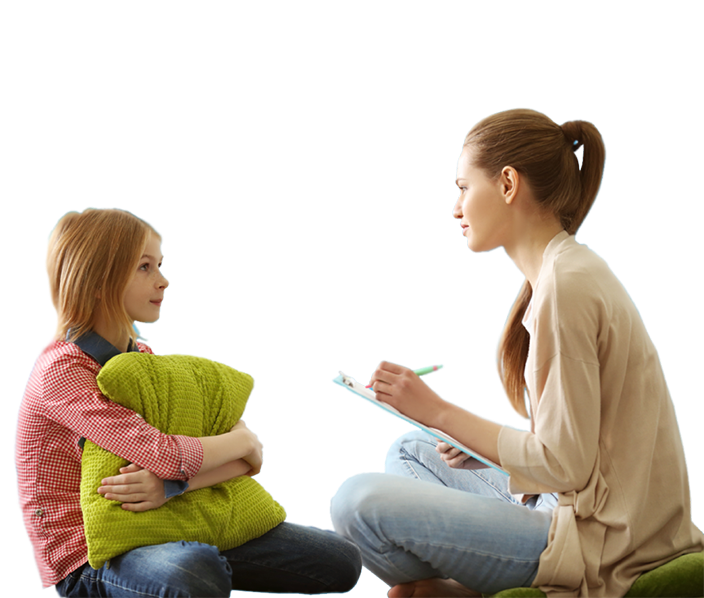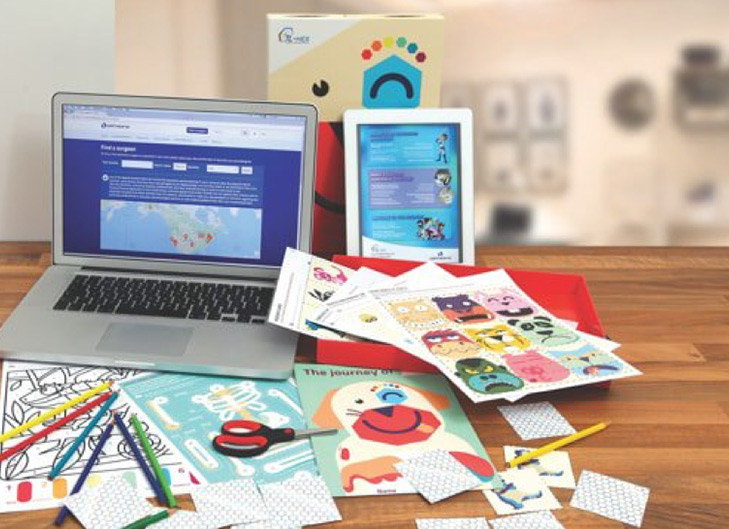The decision to have surgery is a big one for a child. Our goal is to provide tools – apps, comic strips, kids box with games and coloring books – to amuse and entertain your kid, particularly in the early post-operative phase, when he/she is not allowed to walk yet. We know it is very important for children to stay active and be positive when in the hospital and back home after hospital discharge. Our “Kids box” also has an educational goal: while playing and having fun, your child will understand something more about the orthopedic fixator applied on his/her limb. Kids will learn how to live with the fixation device and how to take care of it. They discover which kind of movement is suggested and what is better to do for their health and faster healing. While relaxing, the youngest children will learn how the human body works, what a bone is made of and how to feel comfortable with their new medical device. They will also learn how to communicate when they feel stressed or uneasy.
Memory Game
This game is designed to keep your child busy when not allowed to walk.
Cut out the cards and start to play.
Players: 1 or 2.
Goal: Collect the most matching pairs.
1. Shuffle the cards.
2. Lay out all the cards face down in rows, on the table or floor.
3. Decide who will go first.
4. The first player chooses a card and turns it over. If the two cards are a matching pair, then the player takes the two cards and starts a stack. The player is awarded another turn for making a match and goes again. If the cards are not a match, they are turned back over and it is now the next players turn.
5. The game continues in this way until all the cards are played. The player with the most matching pairs is the winner.
Memory Game Download link:
Your Dancing Skeleton
Use this game to teach your child the name of the bones and the functions of the different body parts.
Cut out along the dotted lines. Glue or staple or use paper fasteners to put the skeleton back together.
Alternatively, you can use it as a competition game, to keep your child busy. If you have a board game at home with dice, use the dice to play the skeleton game.
1. Make several copies of this sheet.
2. Cut out the pieces and place them in the middle of the table.
3. Decide who will go first.
4. The first player rolls and then play continues clockwise:
a. For a 6, take a skull.
b. For a 5, take a body.
c. For a 4, take a humerus or a forearm.
d. For a 3, take a femur or a tibia.
e. For a 2, take a hand.
f. For a 1, take a foot.
5. First player to complete the skeleton is the winner.
Your Dancing Skeleton Download link:
Complete the picture
Describe to your child how the limb will change after the treatment and what he or she will be able to do differently.
Draw and color the missing part of the body and the background scenery.
Complete the picture Download link:
Which one doesn’t belong?
Use this picture to check out with your child what is needed for the daily pin-site care.
Circle the items that are not useful in cleaning the fixator of the baby raccoon.
Which one doesn’t belong? Download link:
How Does It Feel?
Use this set of cards as a simple puzzle of facial expressions. Teach your child to label and communicate emotions and feelings.
Cut out along the dotted lines. Piece together the cards to put the face back together. How does the animal feel?
How Does It Feel? Download link:
 Share on facebook
Share on facebook
 Share on twitter
Share on twitter
 Share on linkedin
Share on linkedin
 Share on email
Share on email

